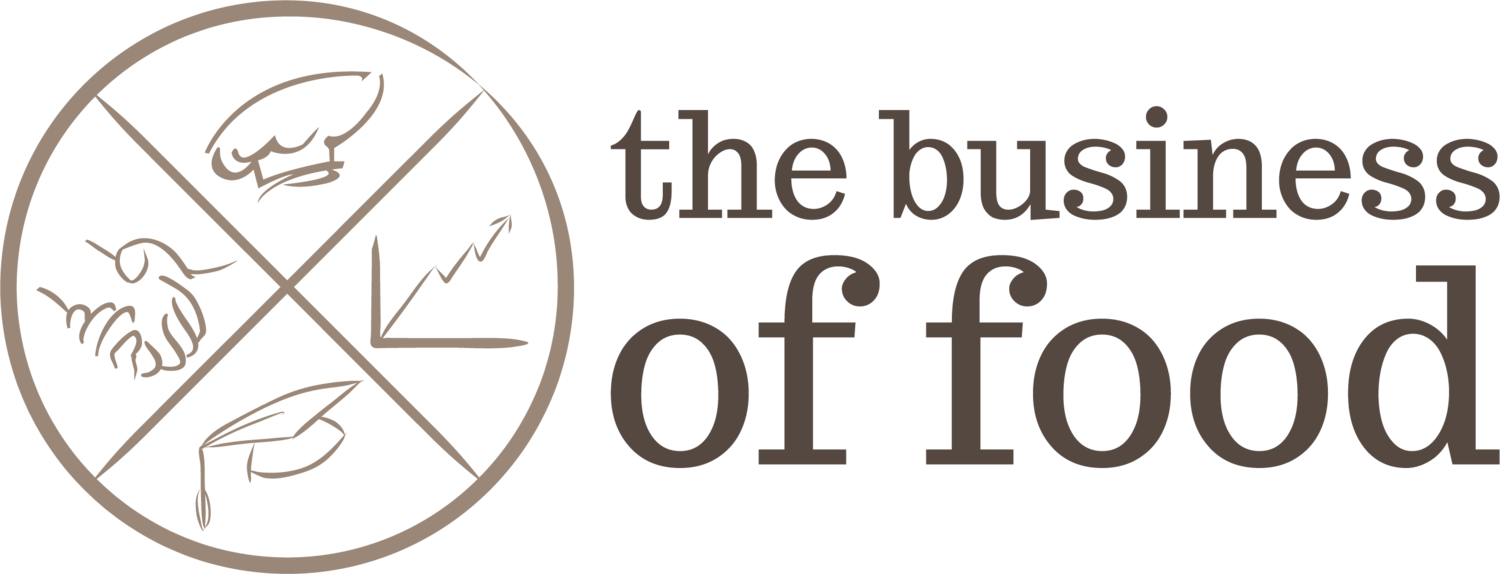Understanding your Unique Selling Point
A unique selling point (USP) is the way you communicate to your customer that you care about the problem they are trying to solve and how your product or service will provide the solution they are seeking.
Having a clear idea of the other “solutions” in the marketplace and why/how what you offer is different (better/ cheaper / more effective / better value) will give that customer confidence that you know what you are talking about.
How do I create my USP?
First up, it will take some time to develop a USP and it requires an intimate knowledge of the market you are selling into. We recommend you undertake extensive research and keep an open mind and try not to make too many assumptions, or at least make sure you research your assumptions to test if they are valid.
Next, before you start researching, clearly identify what you think makes your food product (and business) better than the competition. Write your USP down - and some basic details about how you would deliver on your USP to customers. This is what you will review and adjust as need be, based on your research data.
Be systematic with your research. Keep notes of what you do and don’t find, also what you do and don’t research as you will inevitably need to go back and dig a little deeper into your findings at a later date. It’s important to remember, the data you gather during your research will assist you to develop and test your USP (and also your product prototype in the near future).
The top questions to keep in mind when conducting your research are:
What is the market segment your product fits within i.e. desserts / drinks / take away meals, etc., and how much is the usual discretionary or primary spend by a customer?
Who is in direct competition? Consider existing established brands, other artisan brands and no name brands. Don’t overlook brands that have a wide range that includes your type of product
How is your competition priced? Higher, lower, the same - pay attention to weight / quantity of product within each pack and the various pricing options they sell at. If you don’t know how to develop your pricing strategy, then get in touch for assistance
What are the differences between your products and competitor products? For example, consider flavour, ingredients, with/without preservatives, the packaging, frozen/dry goods
Where is the competing product made? Overseas or Australia; interstate or the same town/city. This geographical info can be a major part of your USP / brand story
How and where are your competitor products sold? What are you doing differently? Consider if they are sold direct from the manufacturer/producer, via a distributor or through an online shop and into wholesale, retail or food service avenues
You will gather a lot of valuable information through this research. Remember, your goal is to identify the obvious similarities and differences. Then focus on the clear, unique points of difference so you can easily communicate those differences to your customer when they tell you the problems they are trying to solve with your product.
Now assess the USP you wrote down prior to the research, make any necessary changes and update how you will deliver upon it. Overall your aim is to be fully informed about where your product sits in the marketplace and have ‘selling point’s for your brand and product(s) that emphasise the strength of your brand/product and explains why it is valuable to your target audience considering the problem they care about.
Remember you will need to prove your USP, otherwise it has the potential to mislead the customer (illegal under Australian Consumer Laws) and something even big brands have been known to do.
A clear USP is an integral part of your marketing strategy and a powerful tool in getting your messages across clearly. How your brand is presented will inform all other promotional and marketing decisions.
For those already in business scaling up to expand by moving into online sales and/or launching a product line, we suggest a business review:
check your USP can be clearly communicated through pictures and text on your website
review your competitor websites - how will your product(s) / USP stand out from the crowd as different and something a customer will return to?
standing out from the crowd with a strong brand - remember your efforts to have your logo on your products, signage, uniform, etc. need to translate to a clear brand position on your website. This includes matching through to your customer service approach i.e. providing information about your returns policy.
If you aren’t sure about your USP, then book in for a 1:1 coaching session for assistance to develop a strategic plan matched to your product range.
